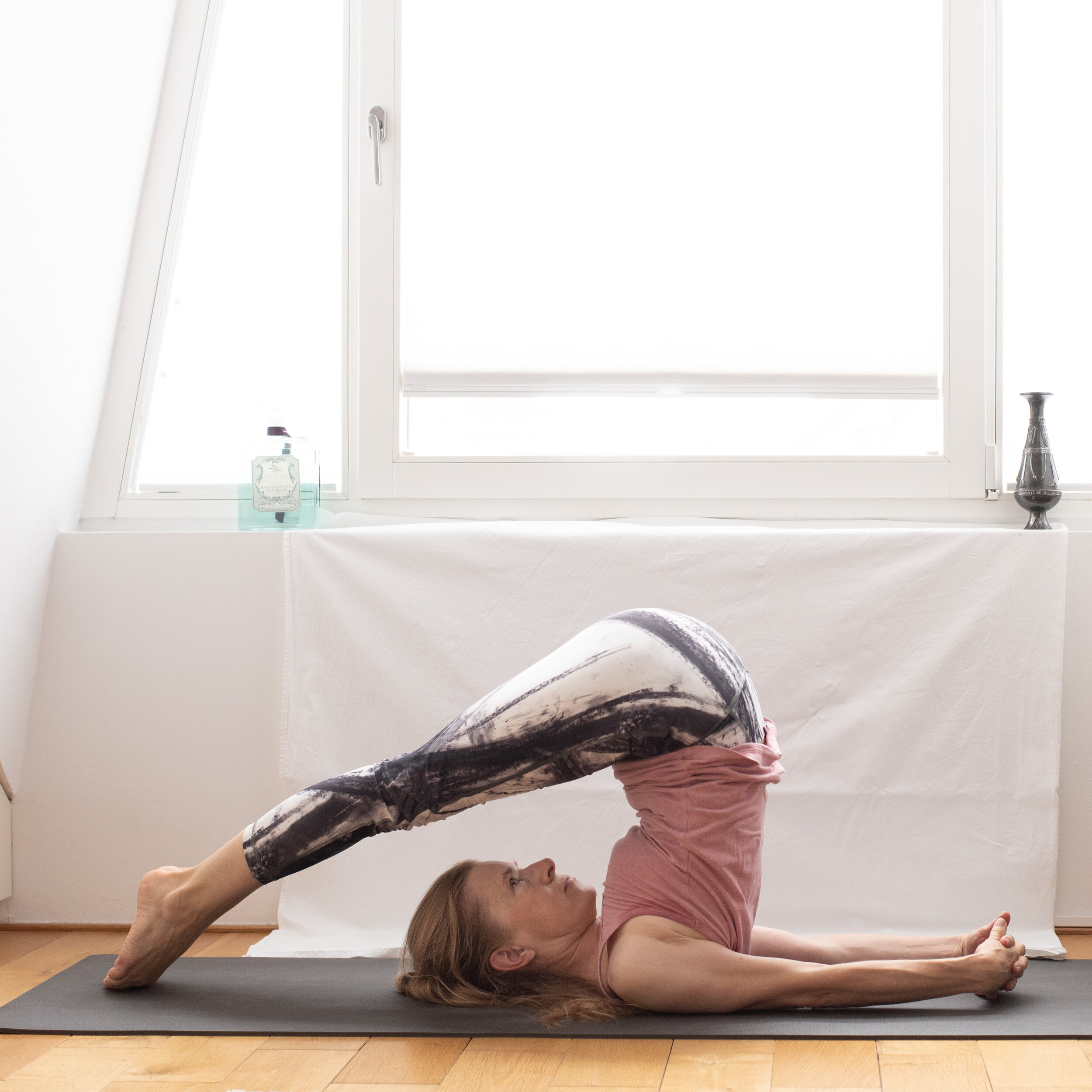Concentration is a skill. We exercise it when we practice yoga. It’s a skill that is useful whatever we do. To read a book requires concentration. To learn anything requires concentration. Even to watch a program on TV requires focus. Many people switch from one channel to the other. It’s often a lock of concentration. Yet switching channels means a story is missed. The spectator gets glimpses of many different stories.
A few years back my morning yoga practices lasted more than 2 hours. Strength was needed to practice so long, but also concentration. To practice so long bettered my ability to focus. The group session helped me. I didn’t lose this skill when I started practicing at home again. I don’t make breaks during my yoga practice at home. I don’t check the mail or my alarm clock. I focus on my practice.
I listen to the sound of the breath.
I gaze at a focus point.
I concentrate on the correct movement.
After two hours I’m exhausted. Not only the body has reached a limit, also the mind.
Being able to concentrate was a motivation for Indian students to practice yoga. In order to study effectively concentration is necessary.
Another advantage of a focused practice is that everything else seems to fade away. No to-do-list exists when I practice. All the issues, self-made or not disappear. Nothing but the sound of the breath, the gazing point, the performance of the asana is important. This is a huge relief.
After a yoga practice the world looks differently.
I set a timer for my yoga practice. I have a time frame within I concentrate on the practice. It’s also useful to create a time frame for other activities. Not to jump form one activity to the other creates a more relaxed life. It helps to reduce our daily stop. One step at a time is a good advice.


